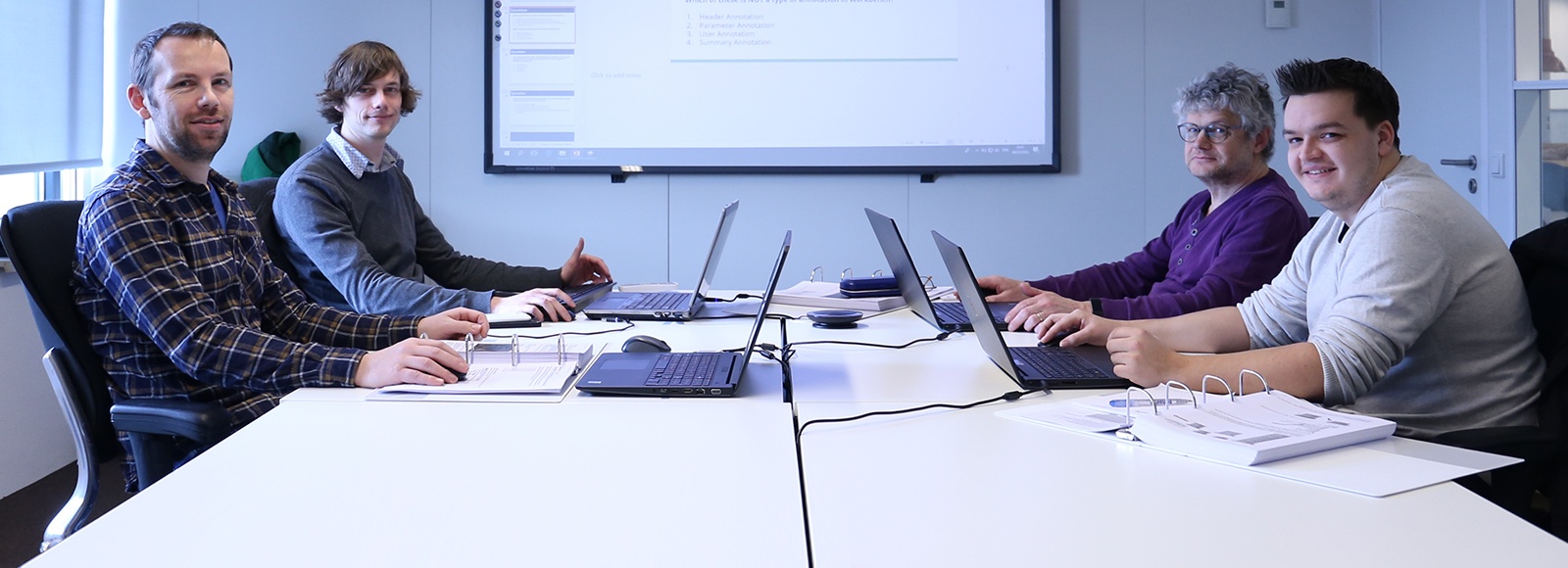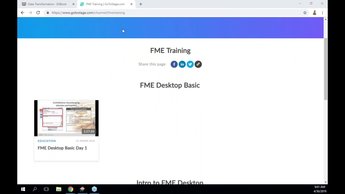

We’ll handle that part of the solution with a workspace. However, at the moment there is nothing subscribed to that publication to act upon it. Now we have a Publication and a Topic that it will trigger when FME Server discovers a new email in the defined email account. In this part we’ll create a workspace that will run in response to the incoming notification. This exercise continues setting up a system that provides email-driven access to image files. Exercise 4BĬ:\FMEData2015\Workspaces\ServerAuthoring\Exercise4b-‐Complete.fmw It is listed with the protocol "push" because FME Server is pushing a notification using HTTP post to run the workspace.Ĭlicking on the subscription allows you to make edits to the notification without having to republish the workspace for example topics can be added or removed. The workspace appears as a Subscription because it is literally subscribed to the topic(s) shown. Once a workspace is published and registered with the notification server as a subscriber it appears in the Notification section of the Web user interface. The message content will be funneled through a plain text Reader called – appropriately enough – IncomingMessage. In this example any incoming message that is flagged under RoadCondition will cause the workspace to run.


Notification Reader tells FME which Reader should receive the notification content. Subscribed Topics tells FME which notification topics should trigger the workspace. Two important parameters are Subscribed Topics and Notification Reader The Service is initially highlighted in red because there are several parameters that need to be set before it can be used. In this case the message is received and passed into the workspace for processing.Ī workspace is set up to receive messages when it is published to FME Server and registered with the Notification service. In effect, the workspace is subscribing to that topic. The workspace is run in response to that topic being triggered by a Publication. When a workspace needs to react to an incoming notification it is done by connecting the workspace to a particular topic. When the task is complete FME sends a notification email to inform an administrator. Similarly, it’s just as appropriate to have a workspace that is run by some other means, and which sends an outgoing message to a Subscription when it is complete:įor example, a workspace might be started as a scheduled task. It would be just as appropriate to have a system that triggered a workspace in response to a Publication, but without the workspace sending an outgoing message:
FME TRAINING FULL
Of course, the above diagram shows the full potential of a notification system. The workspace then acts as a Publisher, sending an outgoing message to any Subscribers. In this scenario a workspace is literally a Subscriber to the incoming Publication, and receives the message content from it. This blend of live messaging with Spatial ETL is unique. If the message needs to be processed in some way then an FME workspace can be employed between Publication and Subscription.Ī workspace is the key functionality of FME and with one you can read spatial data from a message, in almost any format, carry out spatial transformations on that data, and then pass on the results to a set of subscribers. However, that scenario does not include any transformation – restructuring – of the message contents. Workspaces are what make FME Server the ideal engine for Spatial Data notificationsĪs shown in the previous exercise, the simplest setup for the FME Server Notification Service is an incoming message (Publication) tagged with a specific topic that gets passed as an outgoing message to any Subscription registered with that topic:


 0 kommentar(er)
0 kommentar(er)
